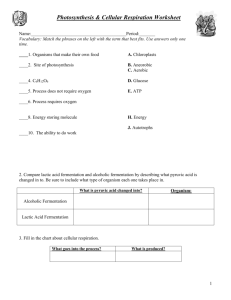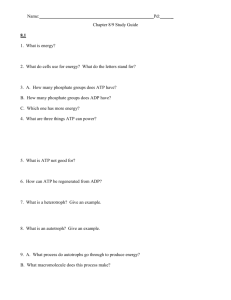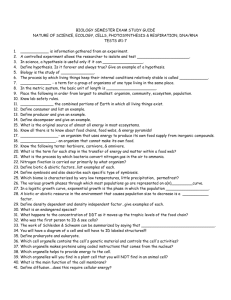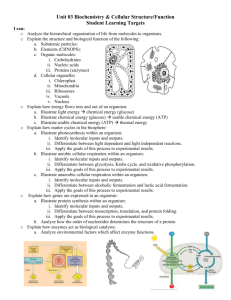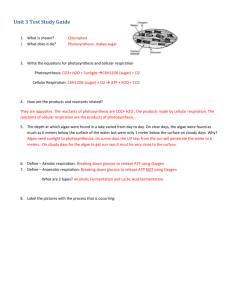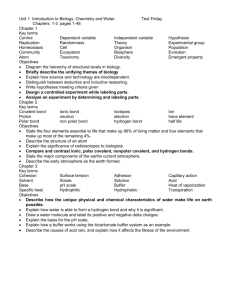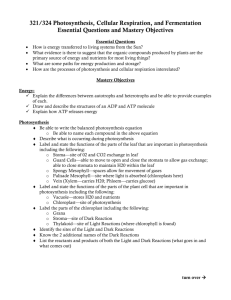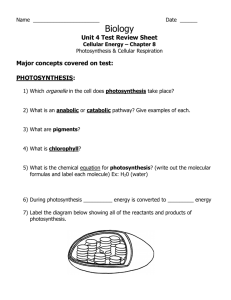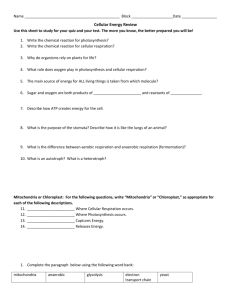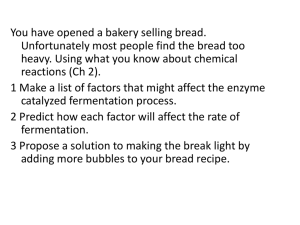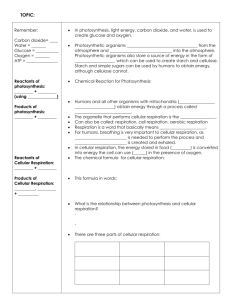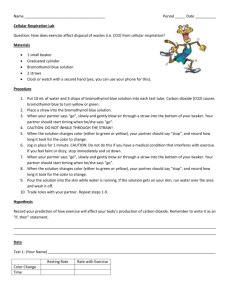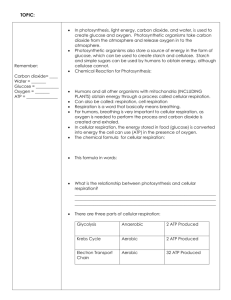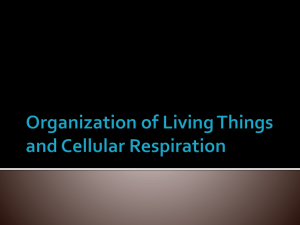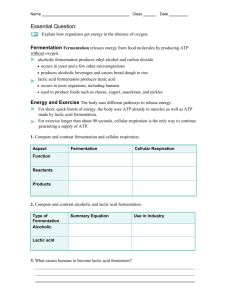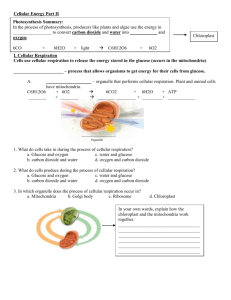Unit 3 Learning Targets
advertisement
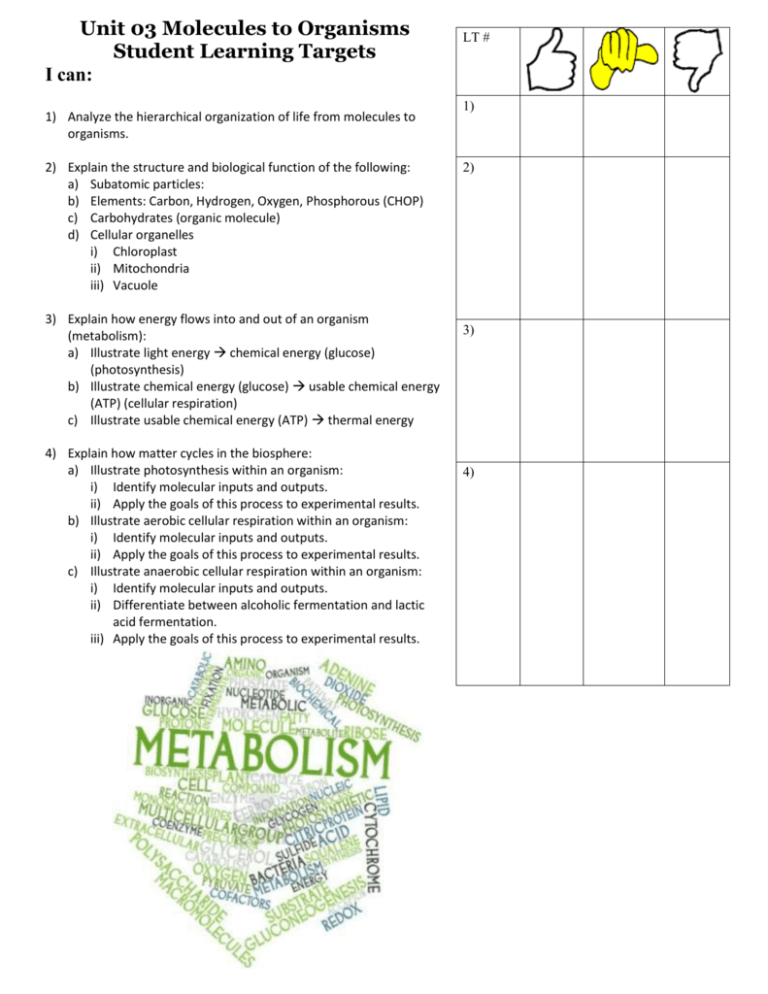
Unit 03 Molecules to Organisms Student Learning Targets LT # I can: 1) Analyze the hierarchical organization of life from molecules to organisms. 2) Explain the structure and biological function of the following: a) Subatomic particles: b) Elements: Carbon, Hydrogen, Oxygen, Phosphorous (CHOP) c) Carbohydrates (organic molecule) d) Cellular organelles i) Chloroplast ii) Mitochondria iii) Vacuole 3) Explain how energy flows into and out of an organism (metabolism): a) Illustrate light energy chemical energy (glucose) (photosynthesis) b) Illustrate chemical energy (glucose) usable chemical energy (ATP) (cellular respiration) c) Illustrate usable chemical energy (ATP) thermal energy 4) Explain how matter cycles in the biosphere: a) Illustrate photosynthesis within an organism: i) Identify molecular inputs and outputs. ii) Apply the goals of this process to experimental results. b) Illustrate aerobic cellular respiration within an organism: i) Identify molecular inputs and outputs. ii) Apply the goals of this process to experimental results. c) Illustrate anaerobic cellular respiration within an organism: i) Identify molecular inputs and outputs. ii) Differentiate between alcoholic fermentation and lactic acid fermentation. iii) Apply the goals of this process to experimental results. 1) 2) 3) 4) Unit 03 Molecules to Organisms Vocabulary ENERGY STRUCTURE FUNCTION Trophic Level Covalent bond Chemical reaction Autotroph Electron Metabolism Heterotroph Molecule Producer Carbohydrate Consumer Organic Photosynthesis Carbon Cellular respiration Chloroplast Aerobic Mitochondria Anaerobic Vacuole ATP Fermentation Lactic acid fermentation Alcoholic fermentation Thermal Energy Chemical Energy Light Energy
